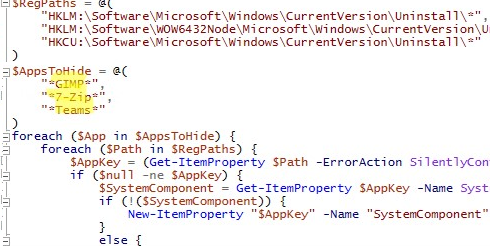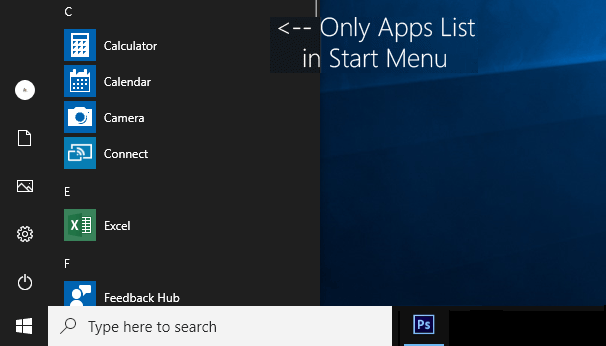

So an uninstall utility needs to remove all leftovers for the program you're uninstalling without disrupting another program that may still rely on those items.įor this reason, many of the best uninstallers have specific backups and safeguards in place. Many Windows files and Registry settings are shared by more than one program. The challenge in fully uninstalling a Windows desktop application lies in finding the right balance. The uninstall features built into Windows don't necessarily remove all these leftover items, so a third-party uninstaller is needed to completely remove an application. Third-Party UninstallersĪpplications often spread their folders and files throughout your system and may even populate your Registry with settings that can be difficult to track down. Select the program you wish to remove, then either right-click it and select Uninstall or select Uninstall at the top of the list. Note that this view does not show you Windows Universal apps, only standard desktop applications. Switch to icon view and click Programs and Features. Click the Search field on the Taskbar, type Control Panel, and select Control Panel from the results.
#HIDE PROGRAMS WINDOWS 10 WINDOWS 10#
If you prefer using Control Panel, that option is still available in both Windows 10 and Windows 11.

Scroll down the list to locate the program you wish to remove, click it directly in Windows 10 or click the three-dot icon in Windows 11, and then select Uninstall.

This screen shows you both Windows Universal and standard desktop applications, so you should find every program installed on your PC here. You can also go to Settings > Apps > Apps & features to more easily view all the programs on your computer. Right-click an app you want to jettison and click the Uninstall command. Click the All apps entry at the upper right of the menu to see all the programs installed on your PC. Look for any pinned apps you want to remove. Click it, confirm you want to uninstall it, and it's gone. If you can remove it this way, you'll see an Uninstall option in the pop-up menu. In Windows 10, click the Start button and look for a program you wish to remove, either in the All Apps list on the left or in the tiled section on the right. Right-click the program. Uninstall From the Start Menuįirst, you can uninstall a program from the Windows 10 or 11 Start menu. This is why you may want to use a third-party uninstaller, which can fully wipe out entire applications and leave no traces behind.
#HIDE PROGRAMS WINDOWS 10 SOFTWARE#


 0 kommentar(er)
0 kommentar(er)
